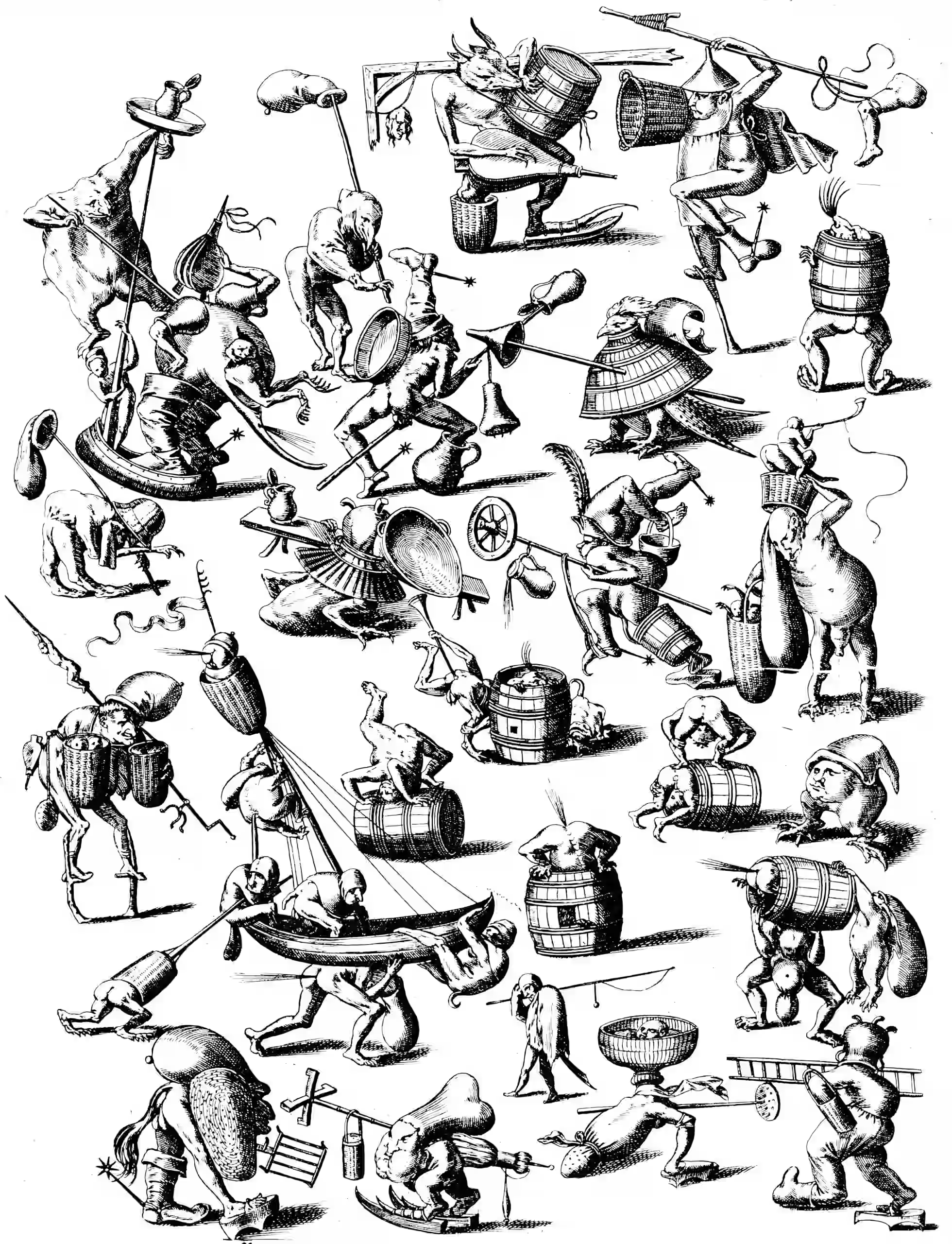Embodiment
On the hypothesis that it is easier to understand walking if you have legs
2015-01-02 — 2024-12-30
Wherein the necessity of a body to mind is examined, distinctions of strong and weak embodiment are delineated, and human thought is reported to operate at roughly 10 bits per second.
When people talk about embodiment, they are questioning if the body is a necessary part of the mind.
There are many hypotheses one could pose about that. Whether the abstractions used in our more obscure cognitive processes are constrained in a comprehensible way by the kind of experiences our bodies give us is… complicated to unpack. For an interesting (but infuriatingly overbearing) attempt to work this through, see Lakoff (1999). For a less ambitious and probably more defensible one, see Clark (1998). I don’t think Clark ultimately says anything that would surprise a control system engineer.
- Carl Zimmer in Human Thought Is Far Slower Than Your Internet Connection explains Zheng and Meister (2024), which estimates our output, in some sense, at 10 bits per second.
1 Strong embodiment
“No mind without a body can be sentient.” Looks like a ragged hypothesis in the era of foundation models, tbh.
2 Weak embodiment
“Cognition is distributed between mind and environment and only makes sense in that context.”
